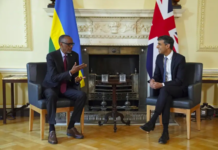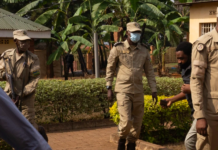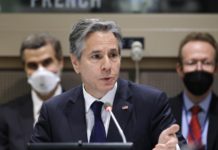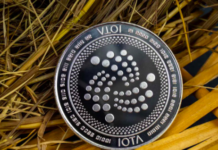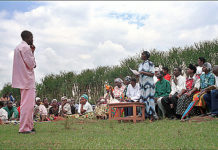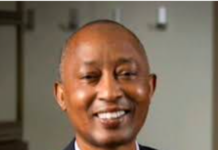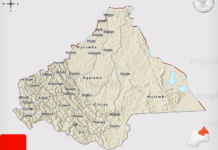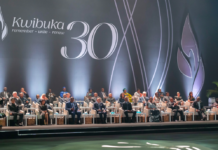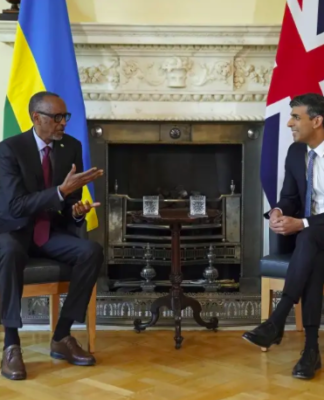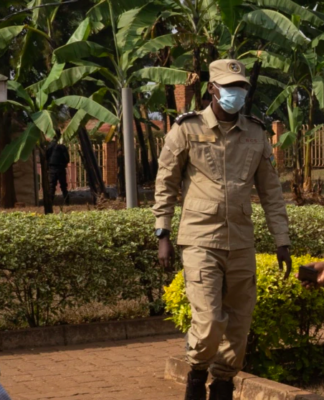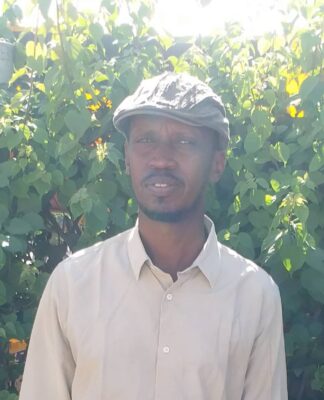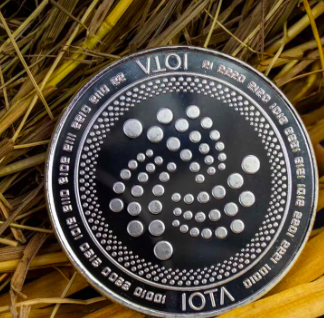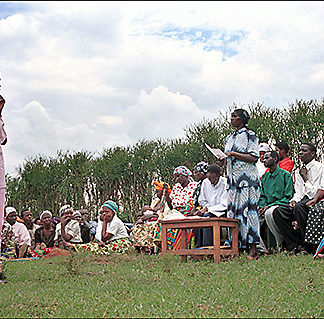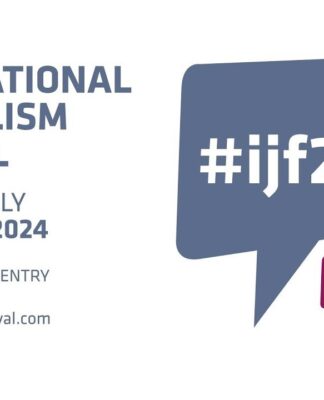By David Himbara
Rwanda received two sets of bad news in August-October 2020. First, Moody’s Investors Service (Moody’s) downgraded the country’s economic outlook from stable to negative. Moody’s cited four reasons for the downgrade — sharp decline in exports, dwindling tourism receipts, the drying up of personal remittances from abroad, and reliance on concessional donor financing. Second, the International Monetary Fund (IMF) announced that Rwanda’s rising public debt burden is set to reach 67 percent of the gross domestic product (GDP). The IMF says that public corporations, public-private partnerships, and loan guarantees provided by the government pose high risks.
Evidently, Rwanda’s would-be economic development model ran into a formidable obstacle — the coronavirus pandemic. Rwanda’s strategy for creating prosperity was premised on niche tourism specializing in Meetings, International Conferences, and Events (MICE) activities. Towards this end, Rwanda accumulated considerable debt for building MICE infrastructure. Then came the coronavirus pandemic which ground MICE to a halt. The challenge now is how to pay the debts which are nearly 70 percent of Rwanda’s GDP in an economy that is downgraded from stable to negative. Further, Rwanda remains a low-income economy with per capita income of $801, in a population in which 56.5 percent are categorized as poor, living on less than $1.90 a day, according to the World Bank data.
Rwanda’s MICE Development Strategy and Associated Debt
With the support of the World Bank, the Rwanda government launched MICE to boost Rwanda’s tourism industry as the driving force of prosperity-creation. The MICE strategy was expected to earn Rwanda over $150 million annually by 2015, and continue to rise much higher thereafter. This projection was delusional — and simply never materialized. By 2019, MICE earnings had reached $88 million up from $56 million in 2018. This is a drop in the ocean relative to the accumulated debts that built the MICE infrastructure as indicated below.
The year 2020 was supposed be the most lucrative for MICE in Rwanda. The country planned to host at least 26 MICE events. By far, the most anticipated hosting was the 26th Commonwealth Heads of Government Meeting (CHOGM) scheduled for June 2020, with over 8,000 delegates including heads of states from 53 countries. The government claimed that Rwanda would make $700 million worth of investment and trade deals with foreign investors at CHOGM. And then, Covid-19 stuck. CHOGM and other MICE events were canceled. MICE earnings evaporated.
Even before the Coronavirus pandemic, the government was already struggling with debts that built MICE infrastructure comprising of the Kigali Convention Centre (KCC) RwandAir, the national airline, and the Kigali Arena. The other major component, namely, the new international airport on the outskirts of the capital city is being built privately by Qatar. RwandAir and KCC became the main contributors to the current $3.2 billion public debt in Rwanda.
By 2016, RwandAir had accumulated $222 million in losses. The government pumped in $192 million in grants. Additionally, the government gave the airline $238 million in loans, while loans from outside government were $100 million. This means that Rwanda government kept RwandAir afloat with $430 million in loans and grants between 2013 and 2016. When the $100 million external loan is added, $530 million was pumped into RwandAir between 2013 and 2016. In 2018, an additional $87 million loan for RwandAir was acquired — bringing the total expenditures on the airline to $617 million. I do not have the figures for 2019 and 2020 which would not doubt paint an even worse picture given that RwandAir’s operations ground to a halt in much of 2020 due to the Coronavirus pandemic. For building KCC, Rwanda issued a $400 million Eurobond in 2013. The IMF indicated that Rwanda acquired a new loan for KCC to the amount of $160 million, bringing the total to $560 million. Crucially, the KCC and RwandAir loans are market-based as opposed to concessional loans that are more affordable for poor countries like Rwanda. Typically, concessional loans have longer periods of repayment and lower interest rates.
The Challenge of Debt Servicing in Rwanda
According to Rwanda’s Ministry of Finance and Economic Planning (MINECOFIN), servicing Rwanda’s external debt costs the country $72.3 million annually. This is about the same amount of money Rwanda earned from MICE in 2019 at $88 million. Servicing the $3.2 billion Rwanda’s debt is about to become even more challenging, however. The $400 million Eurobond and other loans that Rwanda accumulated since 2013 are due for repayment in 2023. Repaying loans is not rocket science. The government must drastically expand export earnings and domestic revenue, while avoiding new debts. Recall also that Rwanda still depends heavily on foreign aid. The World Bank data shows that the net official development assistance (ODA) given to Rwanda annually amounts to 62.2% of central government expense. Failure to address these matters will lead to defaulting, a highly problematic outcome that has already occurred on the African continent this year. In October 2020, Zambia skipped interest payment on its Eurobond debt because it had no money to pay the creditors, marking Africa’s first post-Covid default.

David Himbara, PhD, is an educator, author, and professor of international development based in Toronto, Canada. He previously headed strategy and policy for the president of Rwanda. Himbara has consulted extensively for governments including South African government and for organizations such the African Development Bank. Himbara taught political economy at universities in South Africa and the US.

